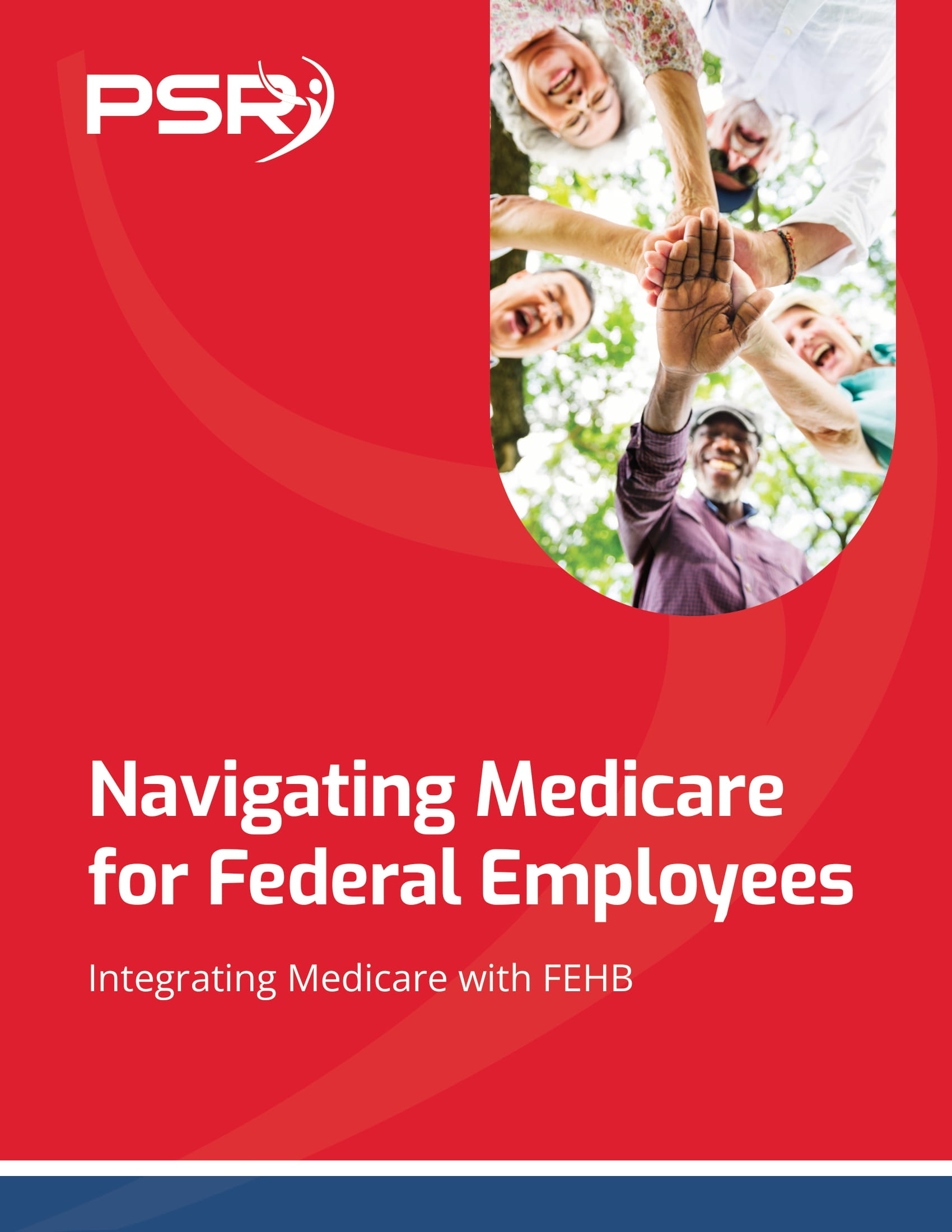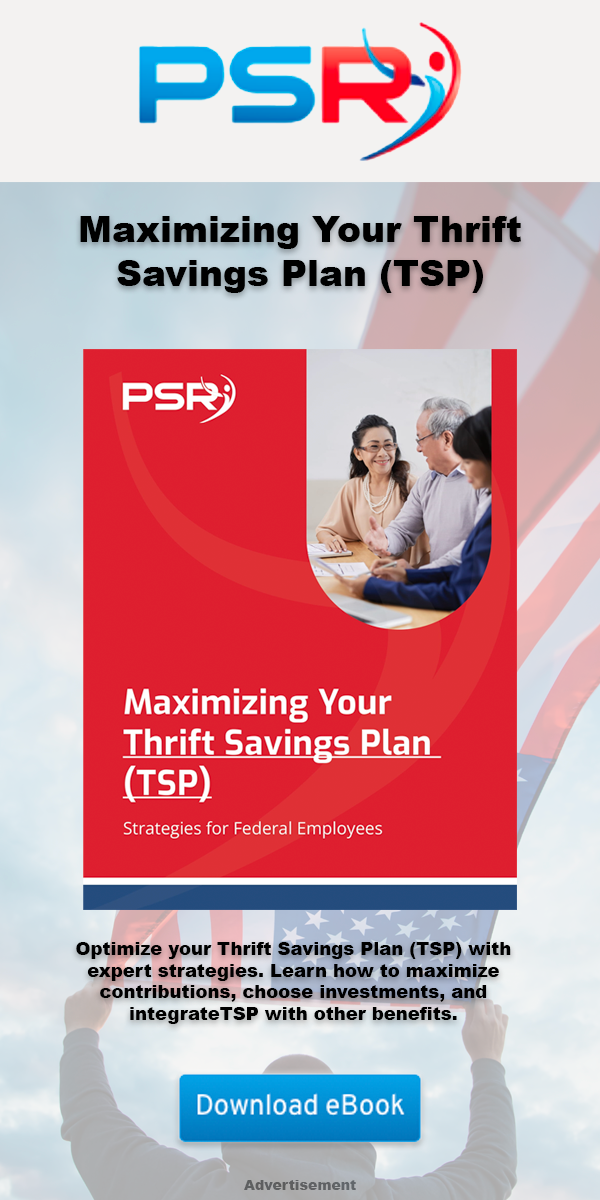Key Takeaways
- Federal retirement benefits provide essential financial and health security for government employees.
- Understanding federal retirement plans is crucial for effective retirement planning and decision-making.
Federal Retirement Benefits: What Every Employee Should Know About
Federal retirement benefits offer a structured system designed to support government employees after their years of service. These benefits are critical in ensuring financial stability
- Also Read: FAA, Law Enforcement, and Special Federal Employee Categories—Here’s What Makes Their Retirement Unique
- Also Read: Blending Private and Public Sector Retirement Plans Is Complicated—Here’s Where Couples Get It Wrong
- Also Read: The Silent Shift in Postal Service Retirement Benefits That Could Change Everything by 2026
An Overview of Federal Retirement Benefits
Federal retirement benefits are structured to provide both financial and health security for government employees once they retire. These benefits include a mix of pensions, savings plans, and health insurance, ensuring that retirees maintain their standard of living and have access to necessary healthcare services.
The federal retirement system is designed to reward long-term service and provide peace of mind to retirees through a structured and reliable benefits program. The system is funded through employee contributions, employer contributions, and, in some cases, the Social Security system, ensuring a diversified and stable source of retirement income.
The Components of Federal Retirement Plans
Federal retirement plans consist of three primary components: the Basic Benefit Plan, Social Security, and the Thrift Savings Plan (TSP). Understanding each component helps employees maximize their retirement benefits.
1. Basic Benefit Plan
The Basic Benefit Plan, part of the Federal Employees Retirement System (FERS), is a pension plan that provides a steady income stream to retirees. It is calculated based on the employee’s years of service and the average of their highest three years of salary. The formula used is:
Annual Benefit=Years of Service×High-3 Average Salary×Pension Multiplier
This ensures that employees who have served longer and earned higher salaries receive more substantial benefits.
2. Social Security
Federal employees are also covered by Social Security, which provides retirement income based on lifetime earnings. The Social Security benefits are calculated using a formula that considers the employee’s 35 highest-earning years, ensuring that those with longer and more productive careers receive higher benefits.
Social Security offers additional benefits such as disability insurance and survivor benefits, providing comprehensive coverage beyond retirement.
3. Thrift Savings Plan (TSP)
The TSP is a defined contribution plan similar to a 401(k) in the private sector. Employees can contribute a portion of their salary to the TSP, with the government matching contributions up to a certain limit. The TSP offers various investment options, including lifecycle funds that automatically adjust the asset mix as the employee approaches retirement.
Employees can choose between traditional (pre-tax) and Roth (after-tax) contributions, allowing for tax planning flexibility. The TSP’s low administrative fees and diverse investment options make it an attractive component of the federal retirement system.
Eligibility Criteria and Enrollment Process
To be eligible for federal retirement benefits, employees must meet specific criteria related to their age, years of service, and employment status. The primary retirement systems are the Civil Service Retirement System (CSRS) and the Federal Employees Retirement System (FERS), each with its own eligibility requirements.
1. Age and Service Requirements
Under FERS, employees are eligible for immediate retirement benefits if they meet one of the following criteria:
- Age 62 with at least 5 years of service
- Age 60 with at least 20 years of service
- Minimum Retirement Age (MRA) with at least 30 years of service
- MRA with at least 10 years of service (with a reduced benefit)
The MRA ranges from 55 to 57, depending on the employee’s year of birth. Employees who do not meet these criteria may still qualify for deferred retirement benefits, starting when they reach the minimum retirement age.
2. Enrollment Process
The enrollment process for federal retirement benefits involves several steps:
- Completing Service Requirements: Ensure you have met the necessary age and service criteria.
- Submitting Retirement Application: Submit the retirement application through your agency’s human resources office. The application must include proof of age, service history, and any necessary medical documentation.
- Calculating Benefits: Work with your HR office to calculate your estimated retirement benefits, considering your service history, salary, and contributions.
- Electing Benefits: Choose how you want to receive your benefits, including survivor benefits and health insurance options.
The process may vary slightly depending on whether you are covered under CSRS or FERS, but the overall steps remain consistent.
Health Insurance Options for Federal Retirees
Health coverage is a critical component of federal retirement benefits, ensuring that retirees continue to have access to healthcare services. The Federal Employees Health Benefits (FEHB) Program provides health insurance options for federal retirees and their families.
1. Continuation of Coverage
Under the FEHB Program, retirees can continue their health insurance coverage into retirement, provided they meet the eligibility requirements. These include:
- Enrollment in the FEHB Program for the five years immediately preceding retirement
- Retirement with an immediate annuity
Continuation of coverage allows retirees to maintain the same health insurance benefits they had while employed, ensuring continuity of care and financial protection against medical expenses.
2. Health Plan Options
The FEHB Program offers a wide range of health plan options, including fee-for-service plans, Health Maintenance Organizations (HMOs), and Consumer-Driven Health Plans (CDHPs). Retirees can choose a plan that best fits their healthcare needs and budget.
Retirees pay the same health insurance premiums as active employees, with the government continuing to cover a significant portion of the cost. This ensures that health coverage remains affordable even after retirement.
4. Medicare Integration
Federal retirees who are eligible for Medicare can integrate their FEHB coverage with Medicare, potentially reducing out-of-pocket costs and expanding coverage options. Medicare becomes the primary payer, with FEHB serving as secondary coverage, covering costs that Medicare does not.
Conclusion
Federal retirement benefits provide a robust system of financial and health security for government employees. By understanding the components of these benefits, including the Basic Benefit Plan, Social Security, and the Thrift Savings Plan, employees can effectively plan for their retirement. Additionally, navigating the eligibility and enrollment process and understanding health coverage options ensure that retirees maximize their benefits and maintain a high quality of life.













